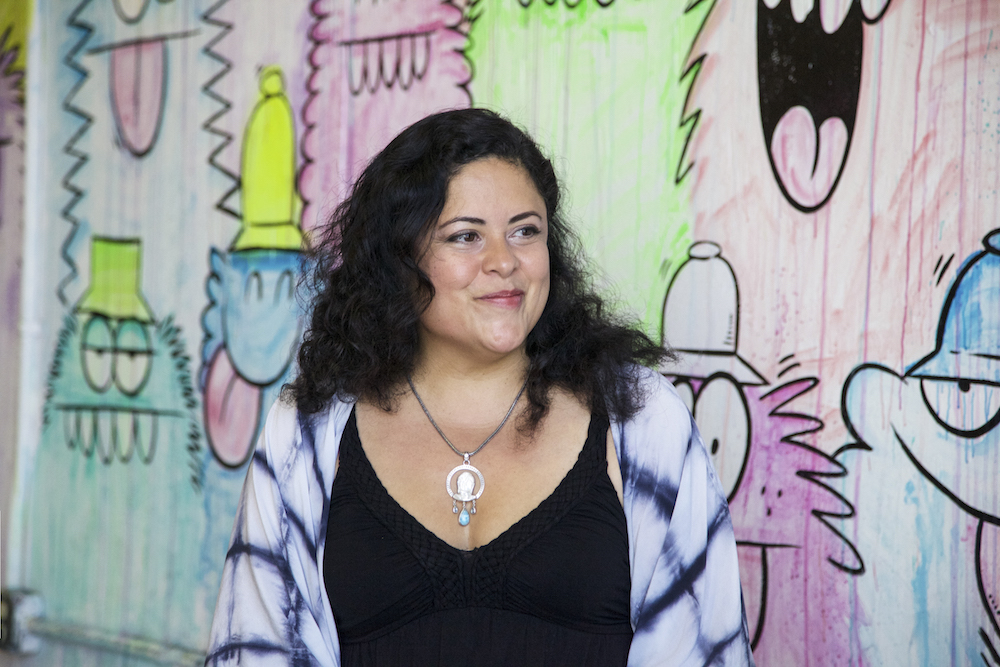Unwed Mothers, Race, and Transgression in William Faulkner’s NovelsPosted in Articles, Literary/Artistic Criticism, Media Archive, United States, Women on 2015-12-22 23:49Z by Steven |
Unwed Mothers, Race, and Transgression in William Faulkner’s Novels
McKendree University Scholars Journal
Lebanon, Illinois
Issue 24, Winter 2015
16 pages
Mindy Allen
As a modernist writer, William Faulkner is conflicted with the autonomy he can allow for his female characters, particularly unmarried mothers. Ideology about women during the early twentieth century, including the debates of birth control and the loss of the Southern Belle,
influence the creation of Faulkner’s female characters. The purpose of this paper is to explore how Faulkner’s unmarried mothers transgress sexual boundaries imposed by patriarchal values in the novels As I Lay Dying, The Sound and the Fury, Light in August, Absalom! Absalom! and Go Down, Moses. Faulkner’s female characters can no longer strive towards the status of the Southern Belle as New South ideals emerge. Faulkner includes many unmarried mothers in his novels, as well as mixed race unmarried mothers. He leaves the impression that, through his novels, he attempts to make since of females transgressing sexual and racial boundaries.
Read the entire article here.



